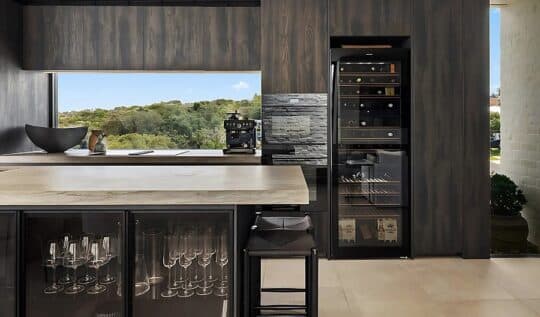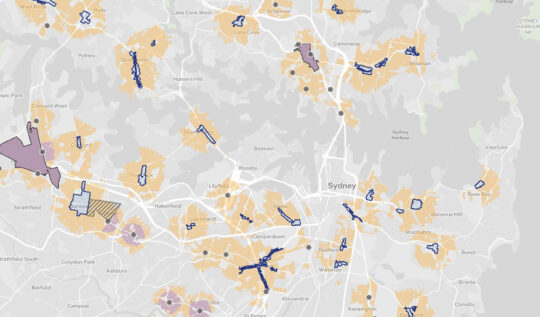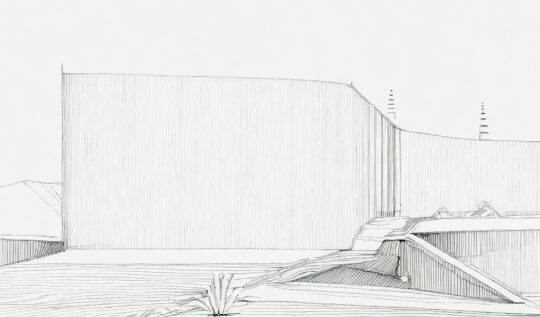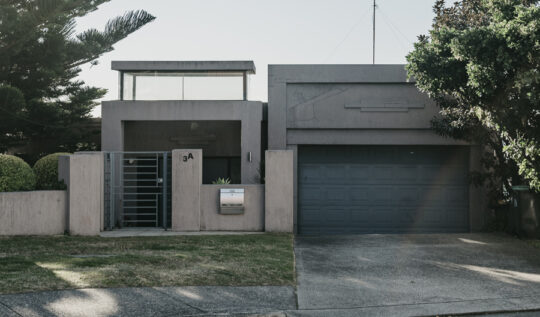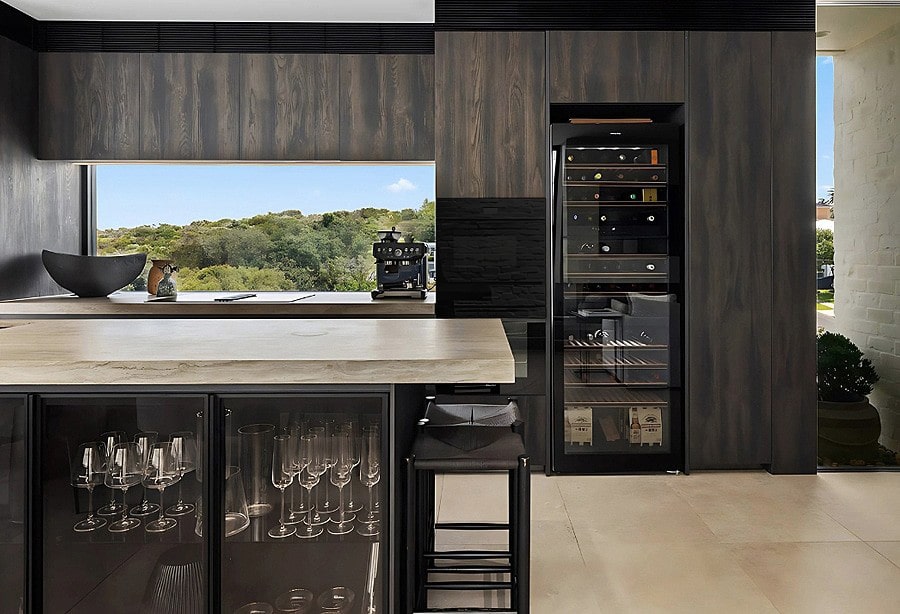
Designing a Future-Proof Family Home: Flexibility, Flow & Function
At Arkhaus, we approach family home design as an opportunity to create spaces that not only support everyday life, but also adapt over time. With more than 18 years of experience designing homes for growing families across Sydney and Melbourne, we draw on a depth of knowledge around how people live, evolve, and make use of their space.
Flexibility, flow and functionality remain central to our thinking, ensuring a home stays relevant and supportive as life unfolds. This piece reflects on key design principles that, in our experience, contribute to homes that are both enduring and adaptable.
1. Zoning: Spaces for Connection and Retreat
Effective zoning is key to creating a home that balances shared and private living. It involves considering how spaces are arranged to support moments of togetherness and solitude.
Communal Hubs: Open-plan kitchens and living areas become natural gathering points for family and guests.
Private Retreats: Bedrooms and quieter areas are positioned to provide privacy and space to unwind.
Flexible Spaces: Rooms that can change purpose — like a study becoming a nursery, or a playroom turning into a teenager’s retreat — help the home evolve with its occupants.
2. Flow: Designing for Movement and Use
Flow refers to how people move through a home and how different areas connect. When designed thoughtfully, it creates a home that is easy to navigate and live in.
Logical Layouts: Clear paths and lines of sight help avoid congestion and confusion.
Transitions: Smooth movement between indoor and outdoor spaces, or between quiet and active areas, contributes to a more cohesive experience.
Functional Entrances: Features like mudrooms or built-in storage at entry points help keep things organised and tidy.
3. Natural Light & Ventilation
Light and airflow play a big role in the comfort and efficiency of a home. Orientation, openings and materials all shape how a space feels and performs.
Orientation: Positioning rooms to make the most of sunlight throughout the day helps improve comfort and reduce energy use.
Windows & Skylights: Well-placed openings improve both lighting and cross-ventilation.
Material Use: Reflective surfaces, good insulation and breathable finishes support thermal comfort year-round.
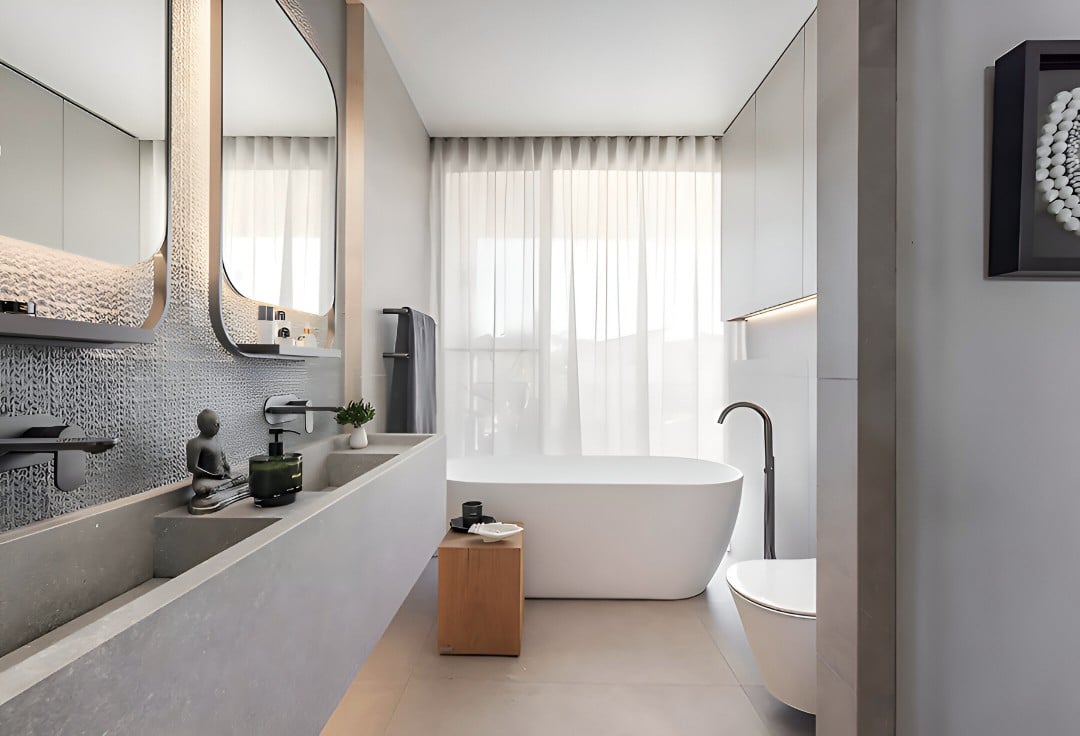
Pictured (Top and Bottom)- Malabar Residence
4. Storage: Everyday Functionality
Storage is often overlooked in early design stages but has a major impact on how a home functions day to day.
Built-In Joinery: Integrated storage helps reduce clutter and maintain clean lines.
Concealed Solutions: Under-stair storage, full-height cupboards and dual-purpose furniture all offer practical, discreet options.
Tailored Design: Storage should suit the purpose of each space — toy storage in play areas, or pantry organisation in kitchens, for example.
5. Outdoor Connection
Outdoor areas add to a home’s liveability, offering spaces for play, relaxation and connection with nature. Designing these spaces as part of the overall plan enhances their use.
Indoor-Outdoor Flow: Level thresholds and large openings help blur the lines between inside and out.
Landscaping: Thoughtfully designed outdoor areas invite everyday use, from open lawns to shaded patios.
Privacy: Screening, planting or built structures help define outdoor rooms while maintaining a sense of openness.
6. Flexibility: Designing for Change
One of the most valuable qualities in a family home is its ability to adapt. Whether it’s to accommodate a growing household, changing work needs, or future accessibility, flexible design helps ensure longevity.
Modular Thinking: Spaces are designed with more than one use in mind.
Longevity: Allowances for future changes — like wider doorways or lift access — support ageing in place.
Neutral Palettes: Timeless finishes allow the home to evolve without major renovations.
Our Approach at Arkhaus
We design homes to last — not just in structure, but in how they support the people who live in them. Through thoughtful planning, collaboration and a deep understanding of daily life, we aim to create spaces that are both responsive and enduring.
If you're considering a home that can grow and adapt with you, we're happy to talk further.
